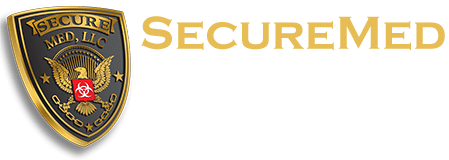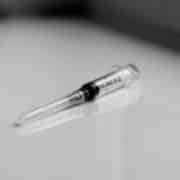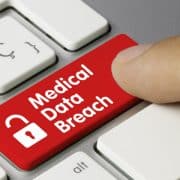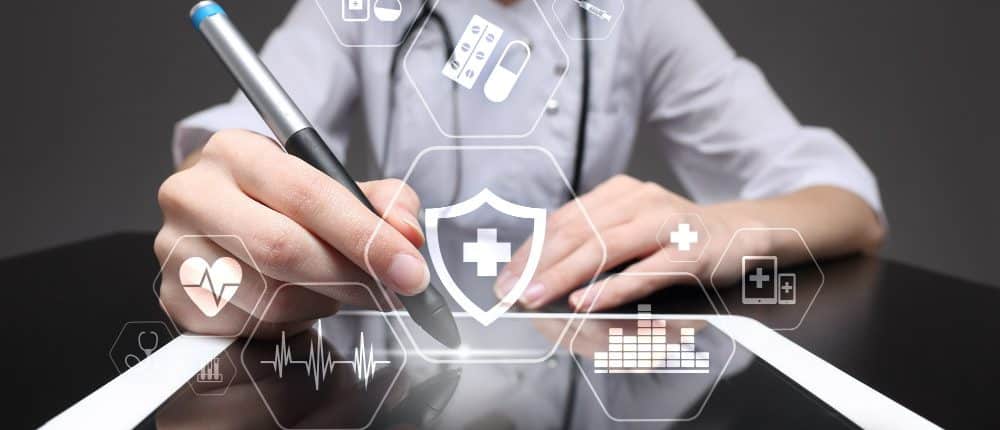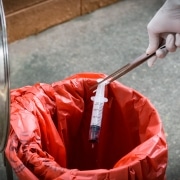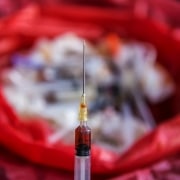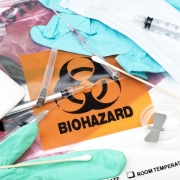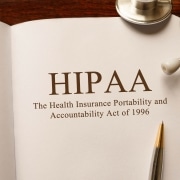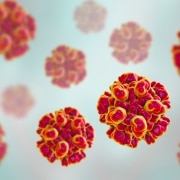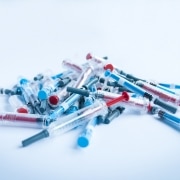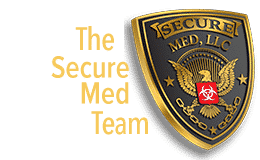Understanding The Types of Clinical Waste
If your organization generates medical waste, it is critical that you have a good understanding of the different types of clinical waste. About 85% of waste generated by the healthcare industry is unregulated. That means that 15% is regulated and requires proper handling, labeling, storage, transport and disposal. Mishandling regulated waste leaves you open to liability, regulator fines and can spread disease.
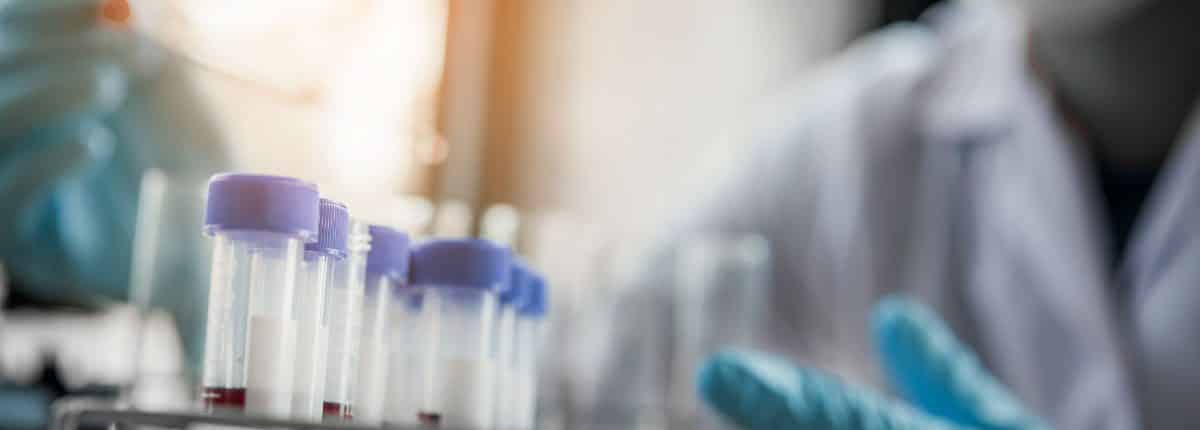
Medical Waste Categories
There are some variations in the definition of medical waste among regulatory agencies. Most federal and state agencies differentiate between common medical waste and those wastes with the potential for causing infection and that require special precautions.
Medical waste is generally categorized as:
- regulated medical waste
- infectious waste
- biohazard waste
In some cases, state guidelines vary in their definition of what is “infectious.” While some states adopt definitions found in federal guidelines such as the EPA, OSHA, and DOT, others do not. It’s important to research your state’s guidelines to determine your clinical waste management requirements.
State Regulated Clinical Waste
The following are commonly regulated by states:
Pathological waste – Tissues, organs, body parts, and body fluids removed during surgery and autopsy.
Human blood and blood products – Waste blood, serum, plasma and blood products.
Cultures and stocks of infectious agents (microbiological waste) – Specimens from medical and pathology laboratories. Includes culture dishes and devices used to transfer, inoculate, and mix. Also includes discarded live and attenuated vaccines.
Contaminated sharps – Contaminated hypodermic needles, syringes, scalpel blades, Pasteur pipettes, and broken glass.
Isolation waste – From hospitalized patients quarantined to protect others from communicable disease.
Contaminated animal carcasses, body parts and bedding – From animals intentionally exposed to pathogens in research or testing.
Pathology and Anatomy Wastes
All human anatomical wastes and all wastes that are human tissues, organs, or body parts removed by trauma, during surgery, autopsy, studies, or another hospital procedure, which is intended for disposal qualifies as pathological or anatomical waste. Both types are wastes derived from the human body, but pathological wastes are unique because they are typically samples from a laboratory setting used to identify a disease. Anatomical wastes, in contrast, are usually human organs, tissue and body parts, and may require special treatment under some state regulations.
Bulk Human Blood, Blood Products, Body Fluids or Other Infectious Material
This category includes bulk waste human blood, human blood components or products derived from blood including serum, plasma and other blood components, or bulk human body fluids as defined by OSHA. This includes samples of these fluids taken in hematology labs, as well as drainage from surgery, and urine or feces when visibly contaminated by blood.
Microbiological Waste
Microbiological waste includes cultures and stocks of infectious agents, and associated microorganisms. This can include discarded cultures, culture dishes and devices used to transfer, inoculate and mix cultures, stocks, specimens, live and attenuated vaccines if they are likely to contain organisms pathogenic humans. These types of waste usually originates from clinical or research laboratory procedures involving communicable infectious agents.

Sharps
Items that can introduce infectious agent through the skin or that can easily penetrate the skin qualify as sharps. Sharps may have been used or are intended to be used in human or animal patient care or in medical, research, or industrial laboratories. They can include hypodermic needles, syringes, Pasteur pipettes, capillary tubes, broken glass, razor blades, and scalpel blades.
Sharps require special handling and packaging under both OSHA and DOT. Regulations vary from state to state so be sure to refer to your state’s guidelines for the storage and transportation sharps.
Clinical Waste Handling With Secure Med
Contact Secure Med for a free consultation. We can help you develop a waste management plan that will meet your regulatory obligations.
